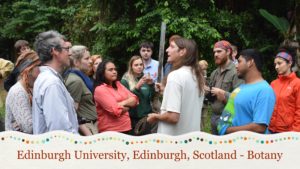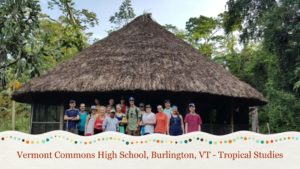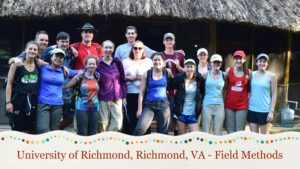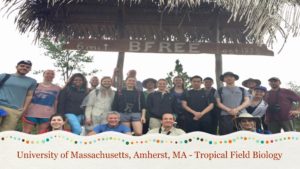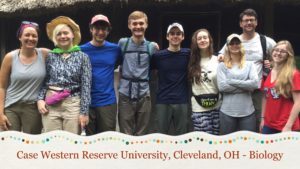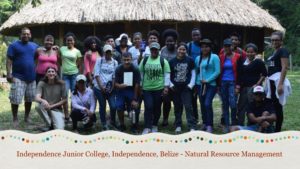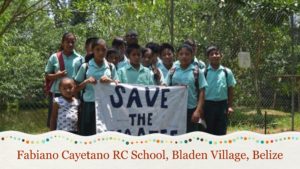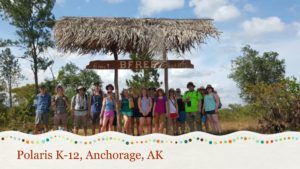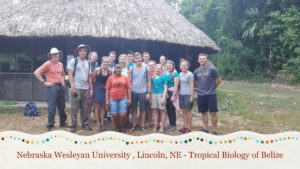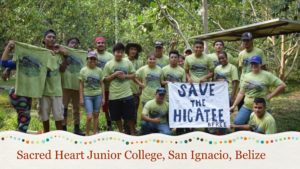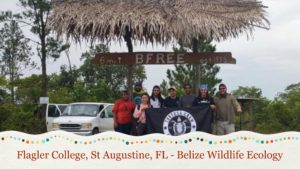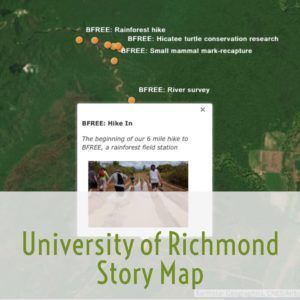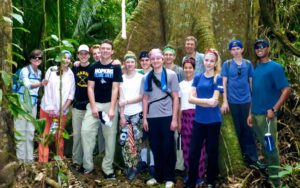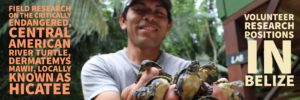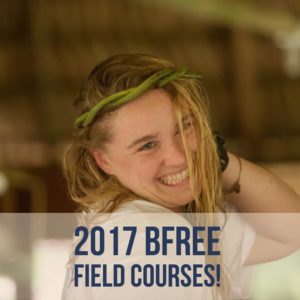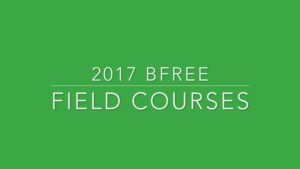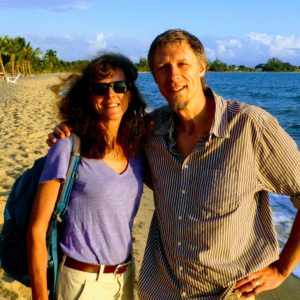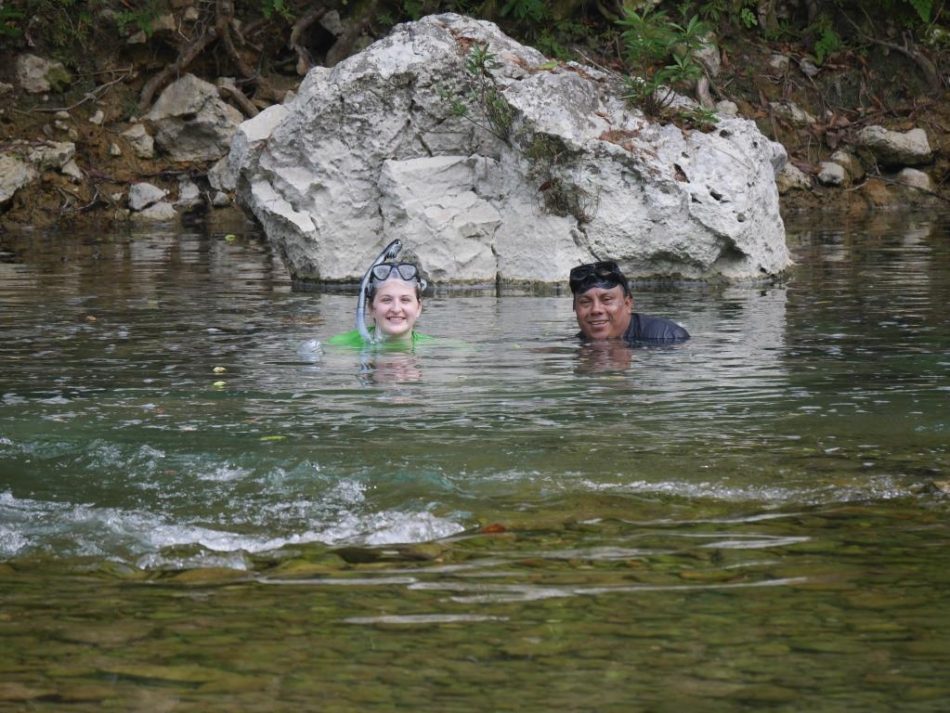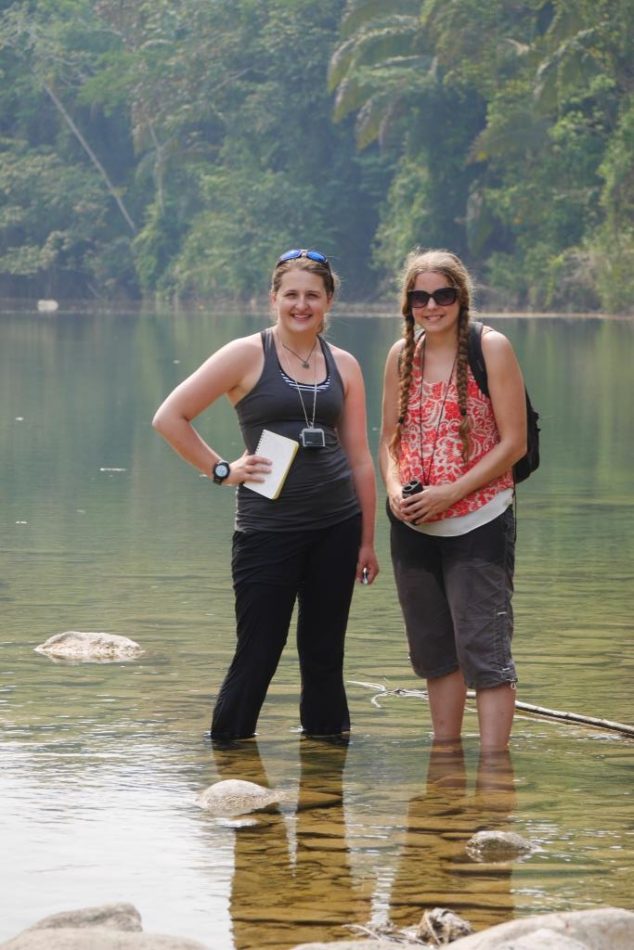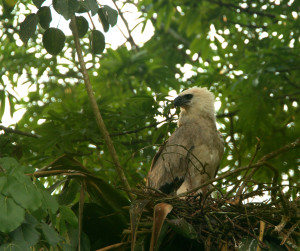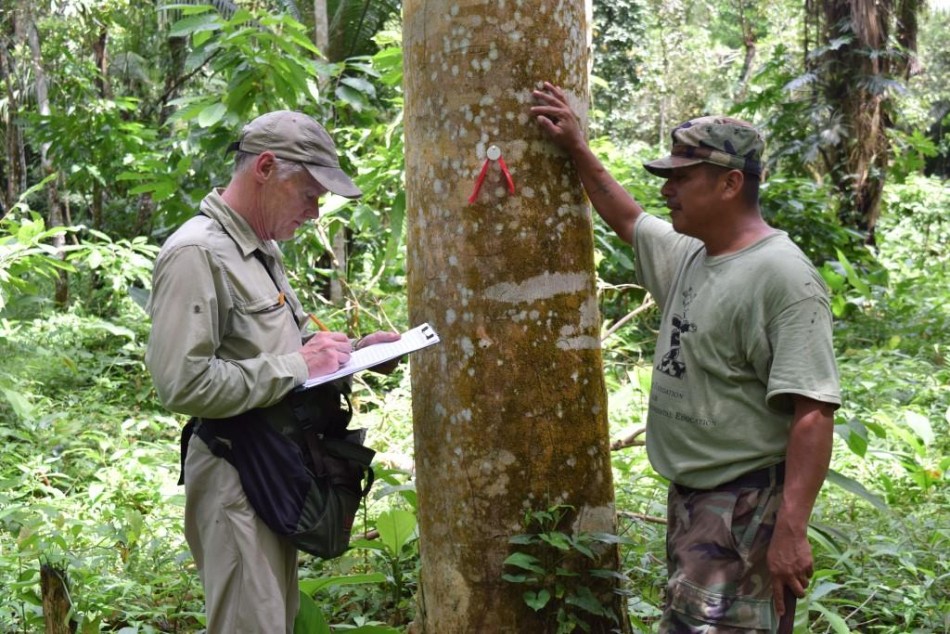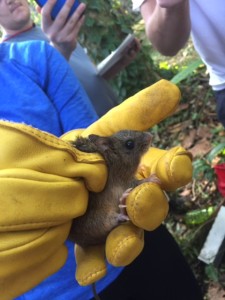Soaring with Solar
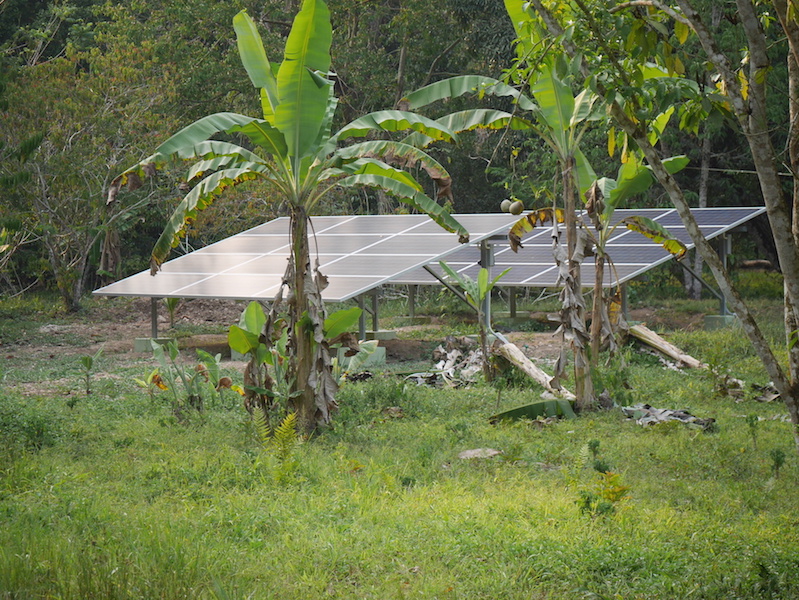
After 23 years of BFREE being an off-the-grid solar powered field station, nothing has changed, except now we have a centralized 7.5 kw state of the art solar system which is 7 -10 times more productive and has energy storage capacity more than 20 times what was on-site before. The system also has a backup autofunctioning natural gas generator for times when the sun just isn’t shining.
The system was designed by Rick Groves of Clean Energy Events based in Wilmington, N.C., USA, and Jacob Marlin. Additional design and technical assistance was provided by Wes Gubitz, as well as Marco Valle of Pro Solar Engineering based in Belmopan, Belize.
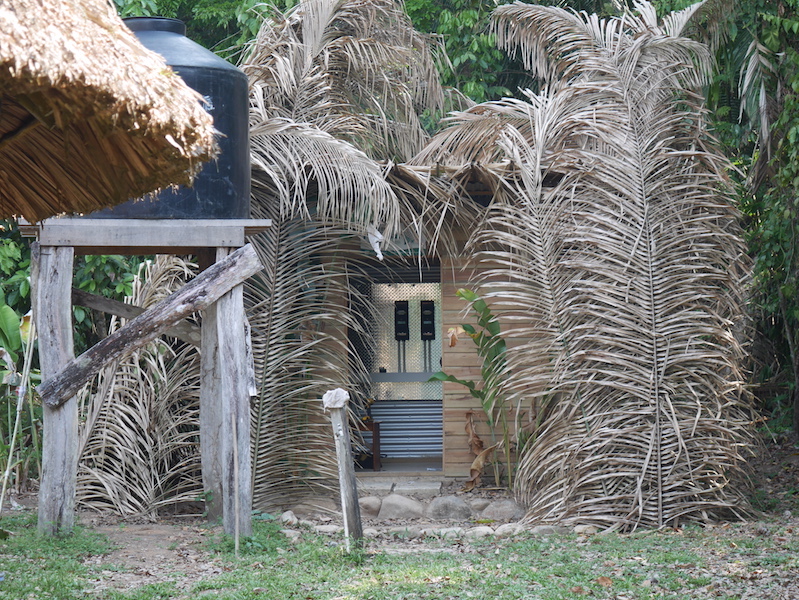
The installation took place during the first week of March. Pro Solar staff installed the photovoltaic panels, batteries, inverters, and controllers as well as the backup generator while Jacob Marlin, Rick Groves, Wes Gubitz, Glen Dell, and Beth Furr, plus all the staff of BFREE laid wire and set up breaker boxes at various locations around BFREE. Of course, there were weeks of prep work in advance with BFREE staff digging trenches and pouring cement footings for the installation of panels, a cinder block and cement generator house, and a power house that houses all of the electrical components (the brains of the system).
During the week of installation, everyone around the field station stepped up to help. Even students from Lees-McRae College pitched in during their field course when it was time to pull wire across the garden. After the installation, Pro Solar Engineer, Marco Valle, returned to BFREE to offer an afternoon training session on renewable energy and maintenance of the system for staff.
In the coming months, power will continue to reach additional buildings around the field station and all visitors will begin to benefit from this important and timely upgrade. This includes more lighting, fans, charging stations, and a multitude of other improvements to the infrastructure of the field station.
BFREE wishes to express much gratitude to Rick Groves, Wes Gubitz, Glen Dell, and Beth Furr for their hard work, and positive attitude to ensure the installation went perfectly! The Pro Solar team was extremely professional and skilled. The resulting system has surpassed our expectations and we are thrilled by the immediate and obvious benefits to all station users.
Special thanks to Dr. James Rotenberg and students in his Fall 2016 Environmental Studies class at the University of North Carolina Wilmington. They created an initial design for the solar system as part of their semester long project on sustainability.

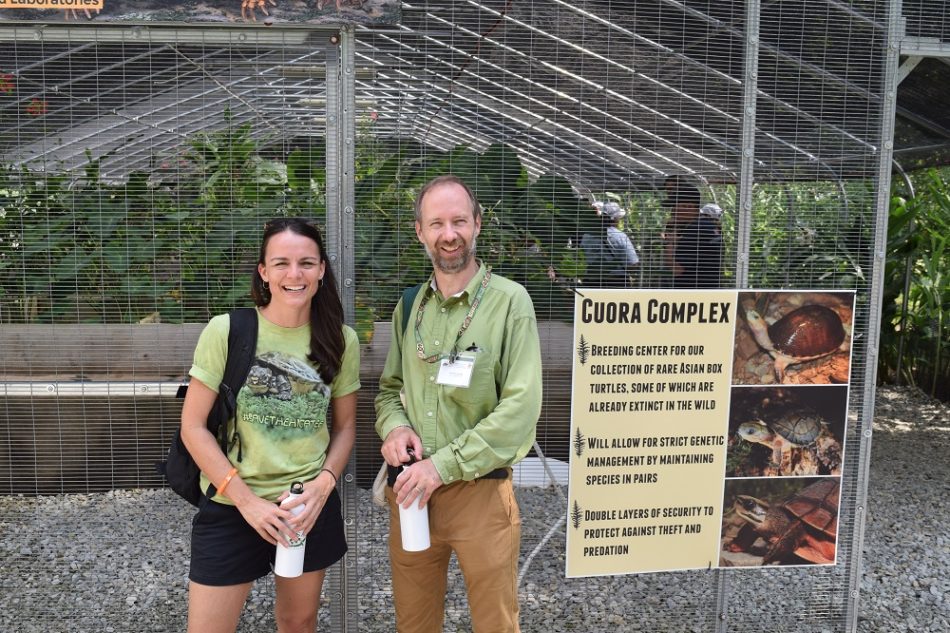
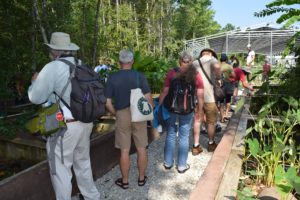
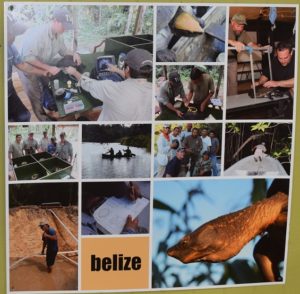
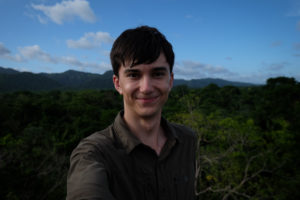 Parr McQueen, an undergraduate student at the University of Richmond traveled to Belize with BFREE earlier this year along with thirteen other classmates. The Field Course led by Dr. Amy Treonis and Dr. Kristine Grayson was focused on using experiential field methods to learn how scientists study the natural world.
Parr McQueen, an undergraduate student at the University of Richmond traveled to Belize with BFREE earlier this year along with thirteen other classmates. The Field Course led by Dr. Amy Treonis and Dr. Kristine Grayson was focused on using experiential field methods to learn how scientists study the natural world.